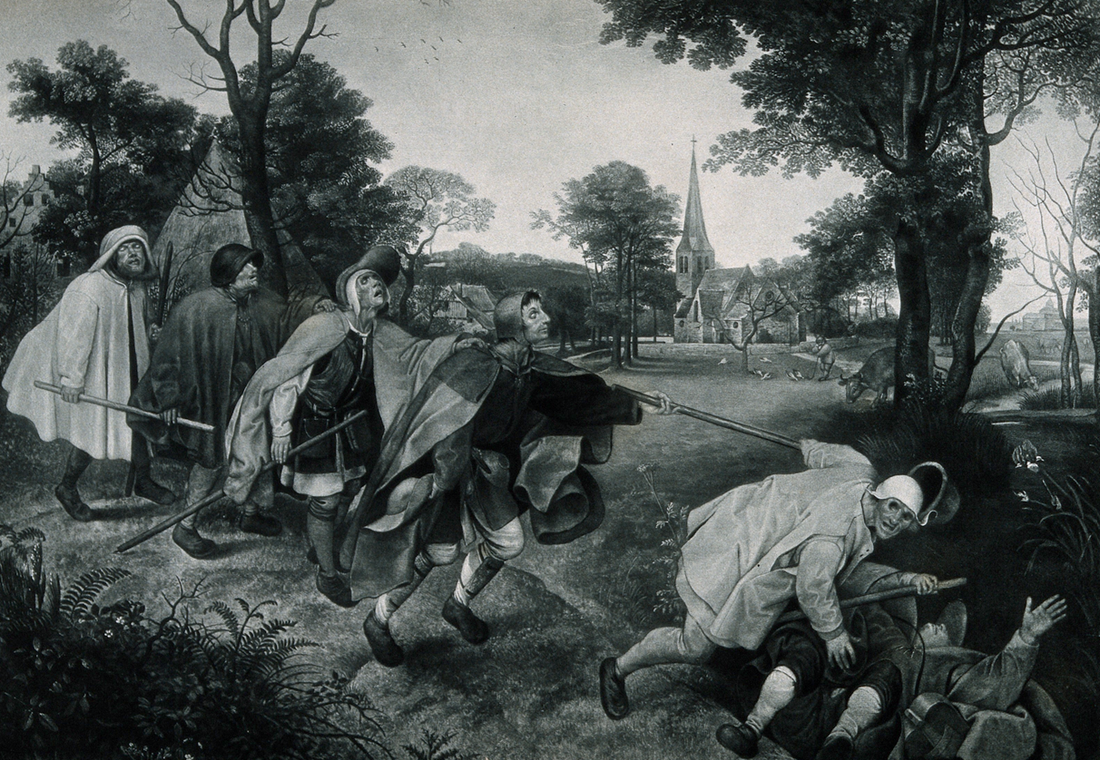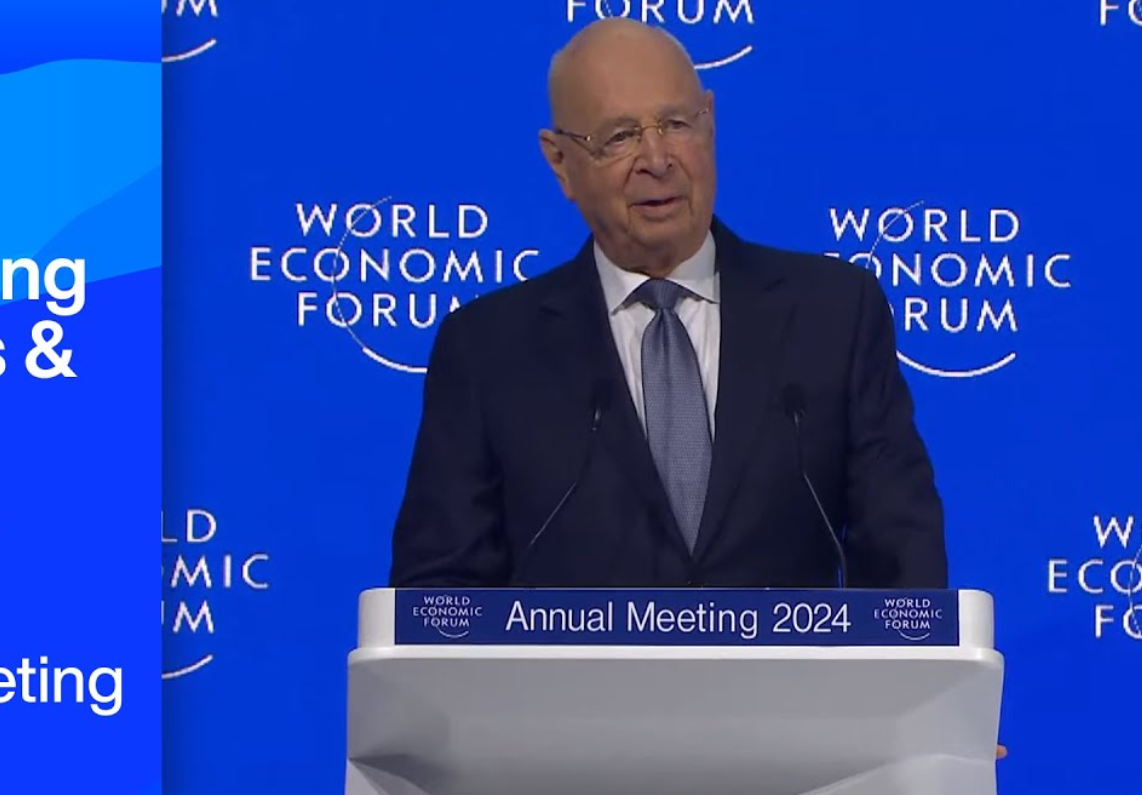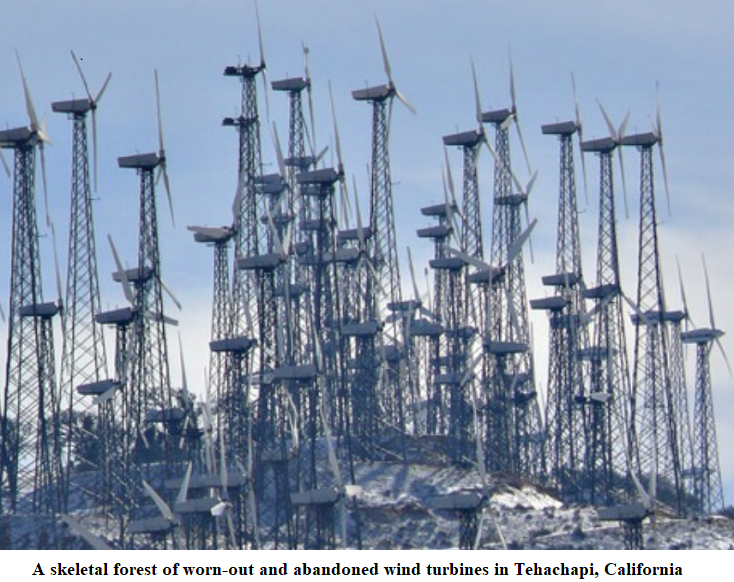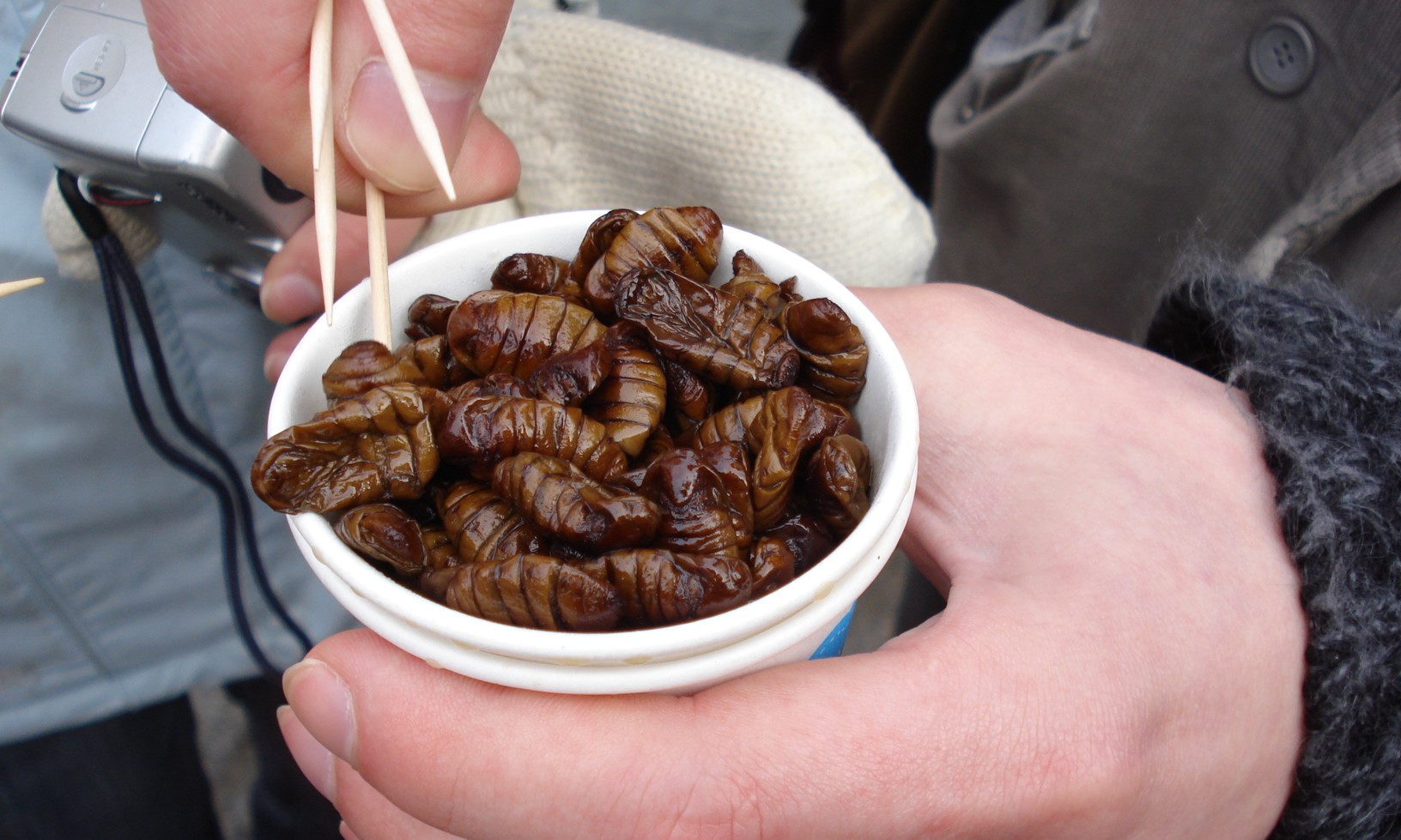Thoughts on climate change
Homily given by Cardinal George Pell, Archbishop of Sydney, on 18 July 2010:
Humanly induced climate change was once "the greatest moral challenge of our age". No longer. The hullaballoo is much less.
A politician referred my February article on global warming to the Bureau of Meteorology for comment. In a roundabout way they conceded the truth of most of my factual statements, but ducked the issue of Roman warming and claimed that "all available hemispheric to global scale analyses" suggest recent decades have been warmer than in the Middle Ages. This is misleading.
Professor Ian Plimer, in Heaven and Earth: Global Warming the Missing Science (Connorcourt, 2009) cites the scientific evidence from pollen studies, drill cores and lake sediments to show that temperatures were 2 to 6°C warmer around the world in the period from 250BC to 450AD (the Roman Warming). Records from the time report citrus trees and grapes being grown in England as far north as Hadrian’s Wall, and olive groves on the Rhine. It was wetter and warmer, but sea levels were also lower. Areas which are now either forests (because it is cooler) or deserts (because it is drier – for example, the Roman provinces of North Africa) were growing crops.
Professor Plimer also cites scientific evidence from the Middle Ages. Tree rings, boreholes, sediment cores from oceans and flood plains, pollen studies, peat bogs, ice cores, fossils and carbon chemistry show that temperatures were warmer throughout the world during 900-1300AD than they are now, by 1-2.5°C in different places. The amount of land used for agriculture increased. In Greenland, cattle and sheep were run and crops like barley were grown. Grapevines were grown in Newfoundland, and vineyards in Germany were grown 220 metres higher than the maximum altitude today. Roots and stumps in the Polar Urals suggesting the tree line there was 30 metres higher in 1000AD. The North Atlantic was free of ice, allowing the Vikings to travel to North America.
Warmer temperatures and higher rainfall during the Medieval Warming enabled societies and economic life to flourish. In Europe it saw the growth of cities, the establishment of universities, and a boom in cathedral building. China’s population doubled in the course of a century and records from China and Japan also indicate that they experienced warmer temperatures. The Medieval Warming also brought higher levels of water in lakes and rivers.
There was no industry in Roman or Medieval times.
Why were the temperatures higher? What were the causes then and now?
Other writings and addresses by Cardinal Pell are here…
Academics and others who dare to question the majority view are brutally told the science has been settled. Many such dissenters from catastrophist orthodoxy have lost their jobs, been denied promotion, or subjected to constant harassment and ridicule. This not the way science should be done
Aug 25 2024
3 mins
There's a veritable industry of academics raising alarm about how global warming and a polluted, dying planet will leave humanity and the animal kingdom in such a state that cannibalism will be a matter of survival. I'll spurn schoolyard puns and cheap gags except for one, and that by way of good advice: don't give them a big hand
Aug 09 2024
13 mins
I thought initially that this topic was a bit of fun. But it turns out that entomophagy, as the eating of insects is called, is an essential component of the Western lemmings' race to net-zero. Need it be said that one of the biggest and most enthusiastic lemmings is our very own climate crazies at the CSIRO?
Jul 31 2024
15 mins







